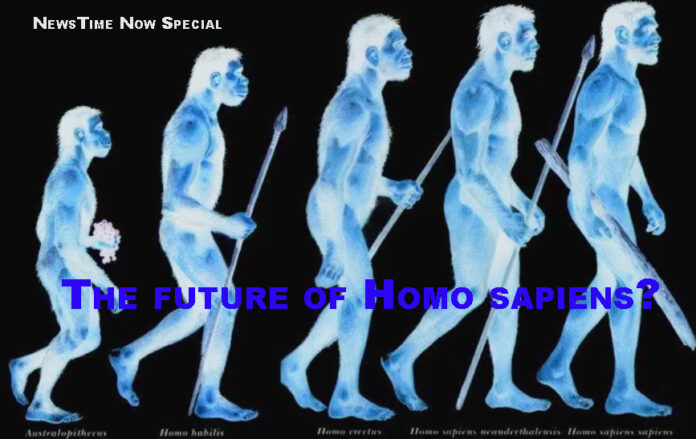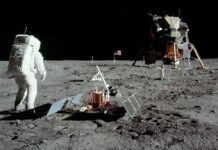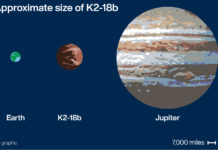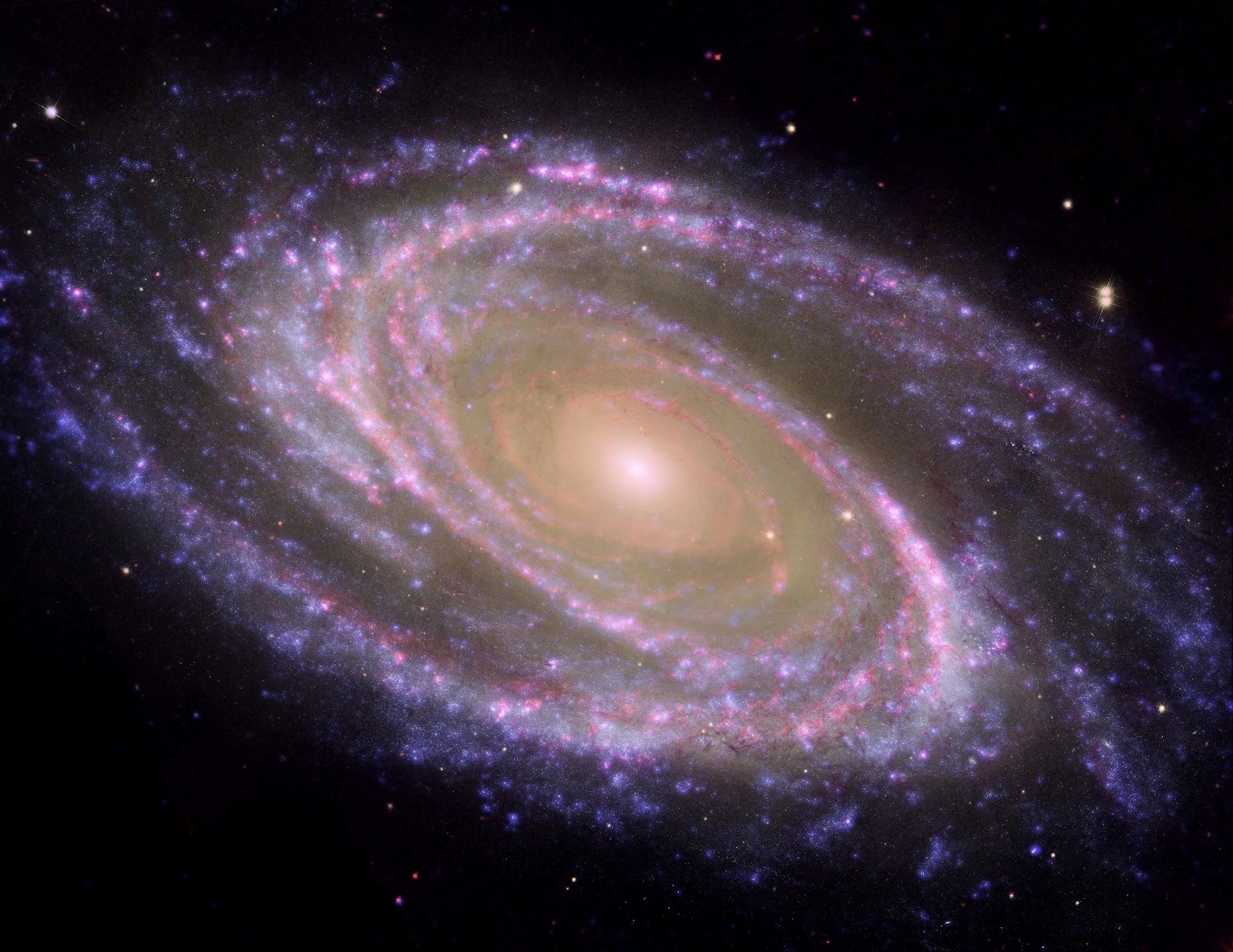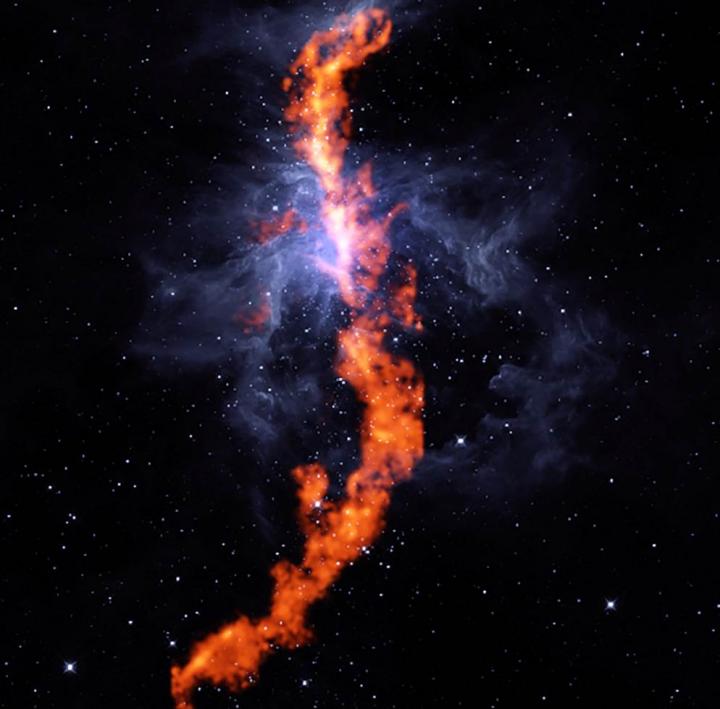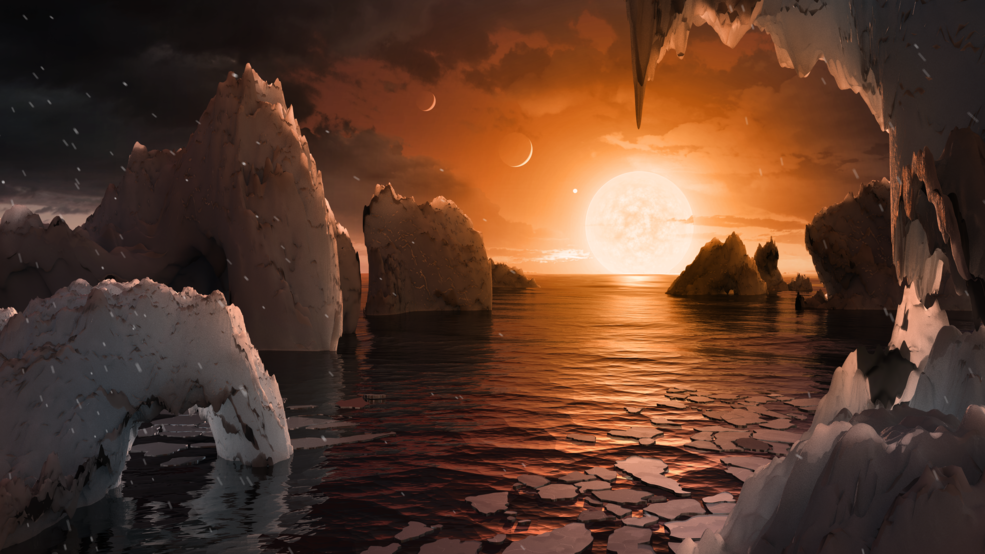“And fear not lest Existence closing your
Account and mine should know the like no more
The Eternal Saki from the Bowl has poured
Millions of Bubbles like us and will pour.”
—Edward Fitzgerald in The Rubaiyat of Omar Khayyam
Thousands of years ago a man sitting by the side of a lake began scratching upon the sand at his feet with a stick. He moved the stick slowly back and forth and up and down making figures. He stared at what he had drawn and a gentle satisfaction lighted his face.
Other people who had noticed this man guiding the stick through the curves and straight lines gazed upon the drawings he had made and immediately recognised the shapes of familiar animals or humans. But it took them little longer to understand what the man had tried to convey by arranging these familiar shapes in a particular way. Slowly they understood what the shapes meant and nodded in recognition.
However, this small band of humans did not realise the implications of what they had begun. The images left in the sand would soon be swept away by the wind or water but the new idea would slowly spread transforming human society. These people had discovered writing– probably the most significant development in the history of communication.
Early man found that writing could not only contain much more information than human memory could but also contain it with greater accuracy; it could carry thought much faster than the mere sounds could – in space as well as in time.
The first written messages were mere pictures interpreting familiar objects in some meaningful way-pictographs. But there were as yet no images for interpreting abstract ideas like sorrow or bravery. So from pictographs humans developed” ideograms”- a tear-stained eye could represent grief and a man with the head of a lion could represent bravery.
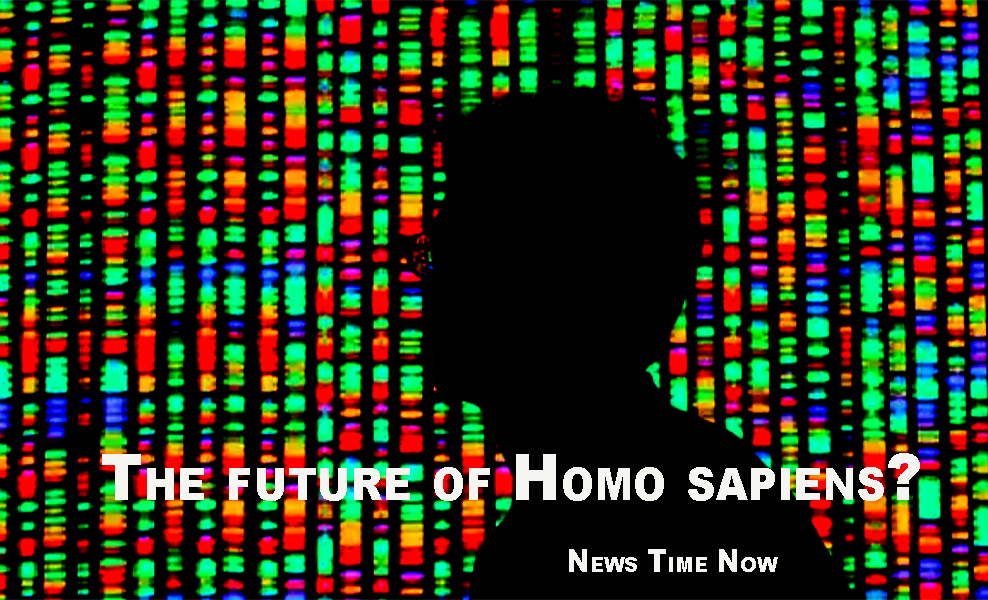
The next leap occurred when the figures became independent of this or ideas and came to stand for spoken sounds. Written figures were free to lose all resemblance to active objects. Some societies developed syllabic systems of writing in which several hundred signs corresponded to several hundred sounds. Others discovered the much simpler alphabetic system in which a few signs represent the basic sounds the human voice is capable of producing.
At first, ideas flowed only slightly faster when written than they had through speech. But as technologies evolved humans embodied thoughts in new ways through the printing press, in Morse code, in electromagnetic waves sailing through the atmosphere and finally today in the binary language, used in computers.
Any article dealing with communication would be incomplete without a mention of ” Information Theory” one of the most important milestones in the history of communication. A detailed discussion of this theory is beyond the scope of a short article like this. L. Martignon wrote in the International Encyclopaedia of the Social & Behaviour Sciences, 2001 that “Information theory is the mathematical treatment of the concepts, parameters and rules governing the transmission of messages through communication systems. It was founded by Claude Shannon toward the middle of the twentieth century and has since then evolved into a vigorous branch of mathematics fostering the development of other scientific fields, such as statistics, biology, behavioural science, neuroscience, and statistical mechanics”- Claud Shanon was a brilliant American mathematician, cryptographer and Electrical engineer.
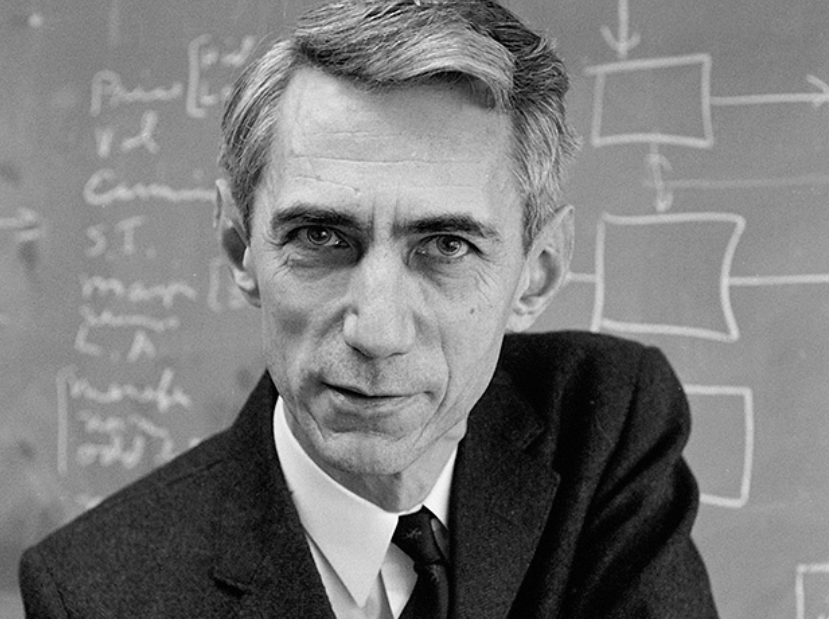
Our ancestors once were single cells swimming alone in warm primal seas. They invented new ways to link themselves through nerves and bloodstreams and biochemistry and specialised themselves into bone cells and skin cells. Others crawled out across the beaches and climbed at last into the air. That leap was biological.
The recent leaps were cultural. Language fused independent family units into tribes of cooperating hunters. The boat, and the road, domesticated horse, the sailing ship, writing and the printing press, the steamer the telephone and the telegraph–these inventions united tribes into nations, and gathered nations into the empires.
But many people are of the opinion that we are on the threshold of another enormous leap forward in human technological evolution. We are already trying to send our thoughts beyond our planet to other minds in other places in the universe. Our first efforts at sending our thought into space have taken a very ancient form: pictographs. The earliest messages on plaques aboard the Pioneer spacecraft launched in 1972 and in 1973 featured a simple line drawing of two humans one male and one female the former holding up his hand in greeting. Behind them was an outline of the spacecraft from which the size of the human could be judged. The picture also included the address of two human figures: a picture of the solar system with a spacecraft emerging from a third planet. Some astronomers who are preoccupied with the idea of searching for extra-terrestrial life think it worthwhile to try to establish a contact in this fashion with alien civilisations assuming they do exist. Frank Drake of Cornell University, in the United States and the astronomer Carl Sagan, got the idea of sending a message in the form of coded radio signals, with basic information about humanity which they hoped can easily be deciphered by any advanced alien civilisation. One such message sent by Drake has already crossed several light-years( a light-year is a distance travelled by light at a velocity of 30000 kilometres per second for a whole year).
Drake is optimistic that someday the project conceived by him will bear fruit even though the first few generations may not be alive to see it.
The spacecraft Pioneer 10, which has left the solar system behind is headed in the general direction of the star Aldebaran, in the constellation Taurus. It was about 12.5 billion kilometres from the earth when it sent its last signal in January 2003. It furnished very useful data about Jupiter and the asteroid belt.
Its sister spacecraft Pioneer 11was 15 billion kilometres away from the earth in November 2017. Its last signal was received in November 1995.
Pioneer 11 was the second spacecraft to study the environment around Jupiter, and the asteroid belt and the first spacecraft to study the environment around Saturn. It was also the first spacecraft to study Solar wind and cosmic rays. Pioneer 11 also had the distinction of being one of the five objects to achieve the escape velocity necessary to leave the solar system. Pioneer 11, is headed in the direction of the constellation Aquila northwest of Sagittarius. These astronomical distances and time intervals baffle human imagination.
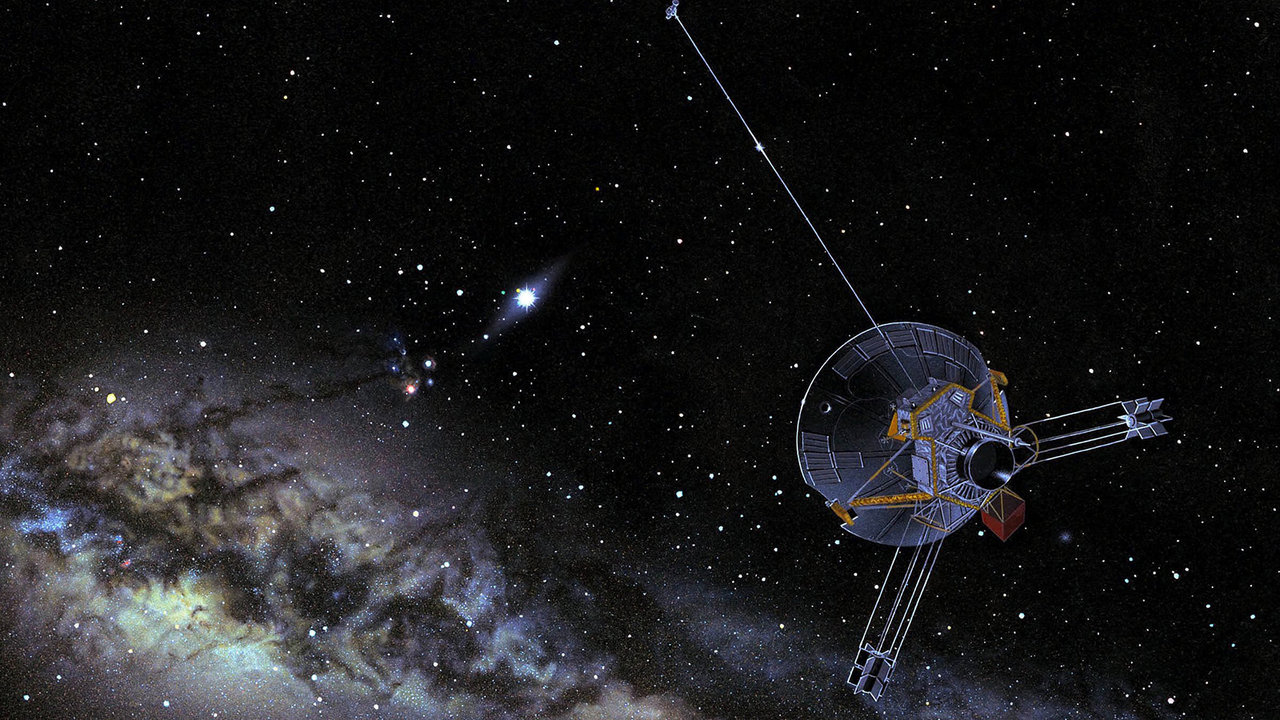
Thus both the spacecraft sent back to the earth very useful information though they will not any more, now that contact with them has been lost.
However, scientists hope that someday in the not too distant future they would be able to make sophisticated spacecraft that will be sturdy, and powerful enough for scientists to communicate with them even, when they are several billion kilometres away from the Earth, in the depths of space
Future generations of people will leave our little earth as our ancestors left the sea. They may go to the other planets, in our own solar system and planets orbiting other suns in our own galaxy where already the messages sent by scientists like Drake would have reached and hopefully, friendly alien civilisations( not hostile as Hawking feared ) would welcome us.
Our future generations would have escaped from the very narrow inhospitable prison, our Earth would have become, and settled in those new earth in the depths of space. Each of these new Earths would teem with artificial settlements that would prove to be the paradise people have always sought but which has existed only in the imagination of poets, scientists, and science fiction writers.
We recall Tennyson’s marvellous lines in Locksley Hall, when he contemplated” the fairy tales of science and the long result of time” and observed
“ For I dipt into the future, far as human eye could see,
Saw the Vision of the world, and all the wonder that would be;
Saw the heavens fill with commerce, argosies of magic sails,
Pilots of the purple twilight dropping down with costly bales”






























